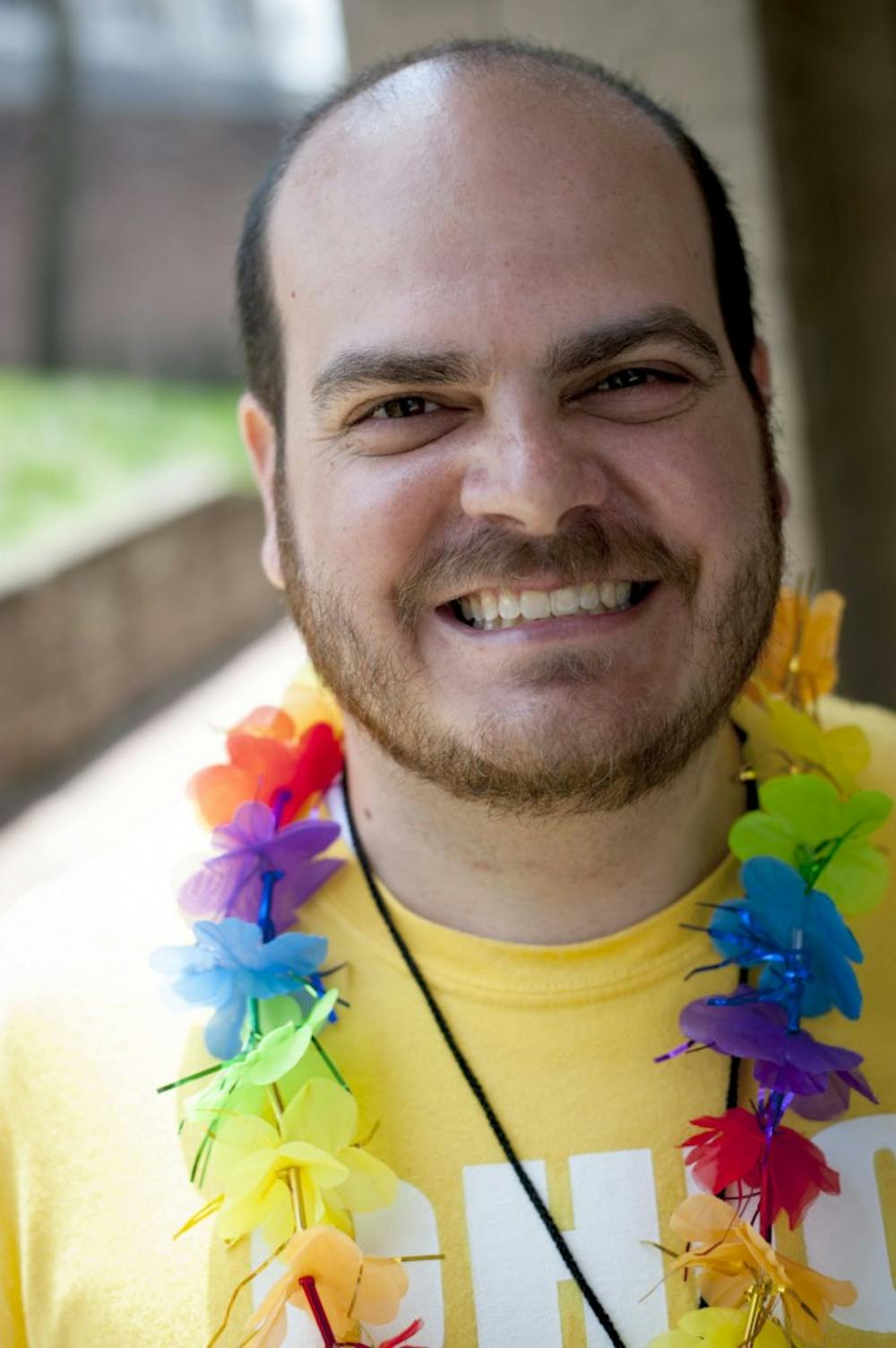The weekly column focusing on LGBT issues discusses what being "cisgender" means and how not only members of the LGBT community use the rainbow flag.
You asked, we're answering. We received two questions at the LGBT Center this week and here are our responses. Something to note is that these answers are starting points that we hope sparks further curiosity in you to explore the expansive worlds of gender and sexuality.
Q: Could you please clarify what is cisgender, and something about how the term came about?
“Cis”, as a prefix, comes from Latin and means “on this side of.” The term cisgender reflects individuals who identify with the gender and/or sex they were assigned at birth. If the healthcare provider said, “it’s a girl”, and you identify as a woman, you are a cisgender woman or female (and the same for men). The term is often used to identify or describe non-transgender people. The term became a way to not offend transgender people. Using terms or phrases such as “non-trans” or “not trangendered” (more on why “–ed” is problematic in another post) instills a hurtful message that trans people are abnormal, and that not being trans is the default expectation for humanity. Gender identity and gender expression are not limited to trans-identified individuals — all of us, trans AND cis, have a gender identity and all of us express gender in different ways.
Lastly, the creation and use of cis-gender reinforces that gender and sexual orientation/identity are not the same. Our sexual identity is not dictated by our gender, and our gender is not defined by our sexual orientation. Trans and cis people can be heterosexual, gay, lesbian, bisexual, asexual, aromantic, pansexual or queer (and much more).
{{tncms-asset app="editorial" id="fdaa68b2-49d4-11e5-a78d-f3c8d92dcbff"}}
Q: Recently, I spotted a colorful and unique wall decoration at a second-hand store. Basically, it was a rainbow that was spread like an oriental fan. I thought it would be a colorful addition to our child's room, but I was stopped by my spouse, who basically said, "You don't want to do that … it will signal to everyone that they are gay!" I was so taken off-guard that I didn't buy the item. Since when have rainbows come to be a secret signal that one is gay? And does it necessarily imply that the owner/wearer is gay?
A: Many thanks for sharing this story, and also, our apologies for the reaction you received. Many individuals and groups use color as identifiers, sometimes as a discrete indicator and sometimes as a loud direct banner of pride. The rainbow has many meanings from Biblical reminders of God keeping God’s promise after the flood, to being the official flag for the city of Cuzco in Peru, to a symbol for peace in Italy, as well as within different hippie communities.
As a symbol for the LGBT community, the flag was first conceived by artist Gilbert Baker in 1978, who wanted a unifying standard for the queer tribe that was becoming more and more visible. In an interview, Baker shared, “We needed something beautiful, something from us. The rainbow is so perfect because it really fits our diversity in terms of race, gender, ages, all of those things.”
Baker’s original flag had 8 colors, each with its own meaning: pink for sex, red for life, orange for healing, yellow for sunlight, green for nature, turquoise for art, indigo for harmony and violet for spirit. The current incarnation of the flag with 6 colors/stripes came into being due to practical reasons (cost of dye and fabric, as well logistical issues in parades). Many claim that the rainbow officially became the symbol for pride on the 25th anniversary of the Stonewall Riots (1969) when Baker created a mile long version of the flag in New York City. The rainbow has become an international symbol for the LGBT community, but is not the only one: pink triangle, black triangle, lavender, yellow socks and green carnations, just to name a few. In addition to several subsets of the LGBT community having their own unique symbols, such as the bisexual and transgender flags.
The rainbow has become one of the symbols for the LGBTQ community, but by no means is an indicator that someone identifies, or will identify, as LGBT — there are many allies who wear all forms of rainbow swag and use rainbows as decoration who do so as a way of showing solidarity with the community, or simply because they like multiple colors. Like with all things, the meaning of the rainbow depends on the individual or group — the rainbow reflects the eyes of the beholder.
Delfin Bautista is the director of the LGBT Center at Ohio University. Do you have a question relating to the LGBT community? Email them to lgbt@ohio.edu, tweet @oulgbtcenter with #qaqueer or post to the center’s Facebook page, oulgbtcenter. Individuals who submit questions will appear anonymously in our responses.






